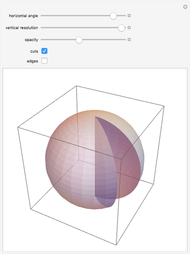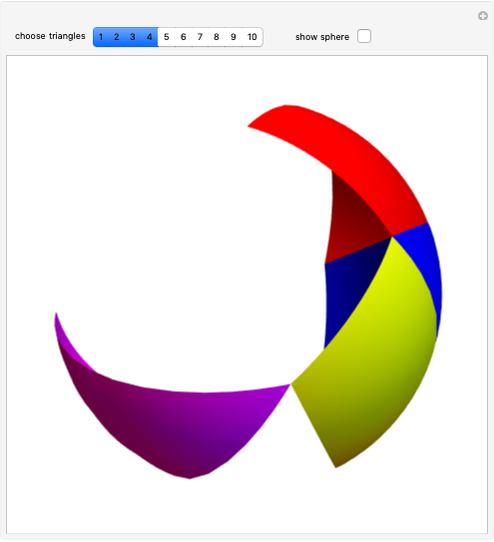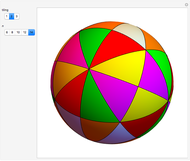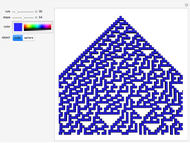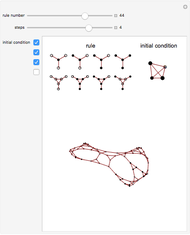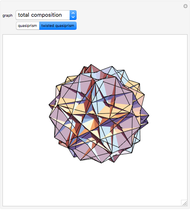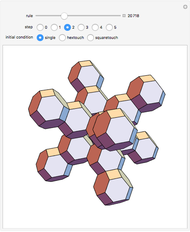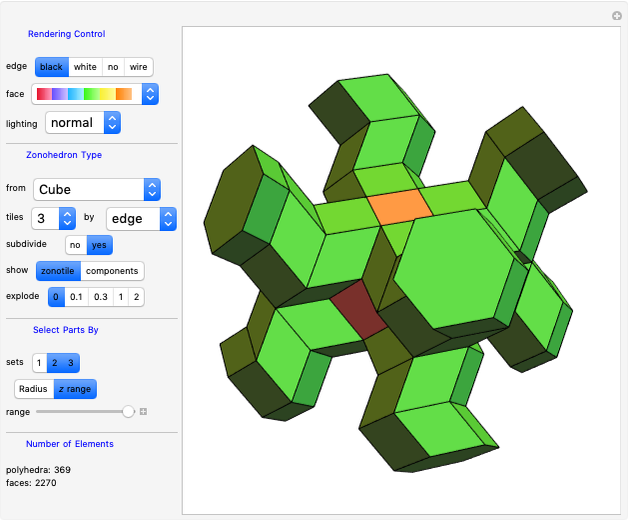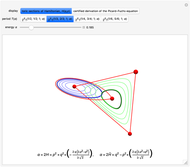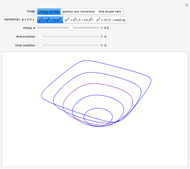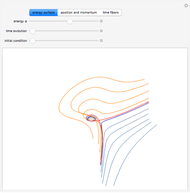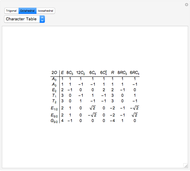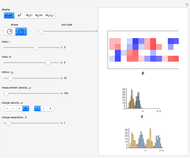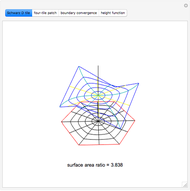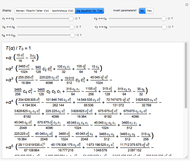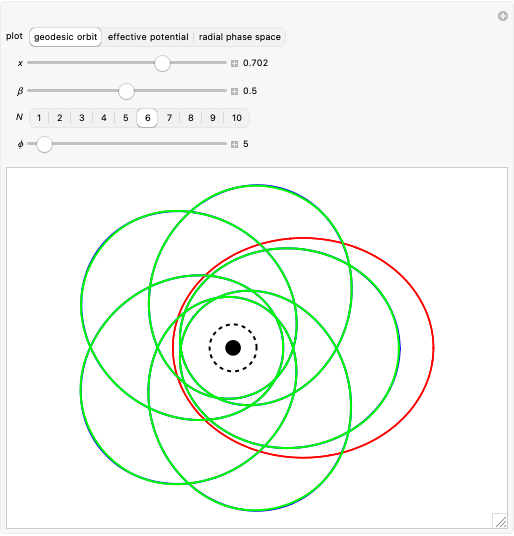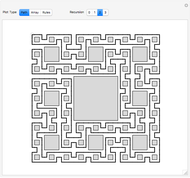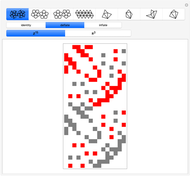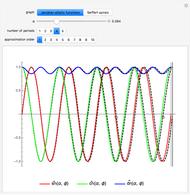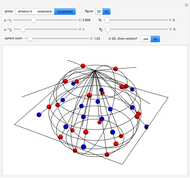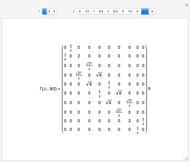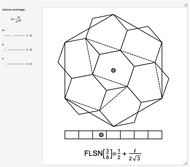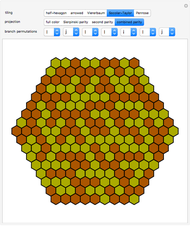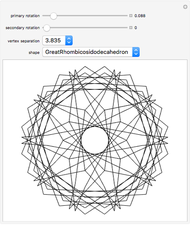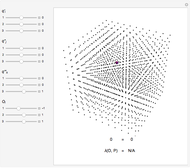Constraint Tiling on a Truncated Icosahedron

Requires a Wolfram Notebook System
Interact on desktop, mobile and cloud with the free Wolfram Player or other Wolfram Language products.
Sets of local constraints can force arrangements of color into ordered patterns (A New Kind of Science, Chapter 5, Systems Based on Constraints (NKS|Online)). Three sets of two constraint-based colorings show parity symmetry under exchange of black and white. With this constraint template, exactly five constraint sets exist so that all twenty hexagons can be colored black or white without contradicting the constraints evaluated on any face. Two sets of two-constraint sets show alternating parity as with the resulting colorings. The remaining constraint set shows identity parity: each of the two-constraint set elements becomes the other after an exchange of black and white. This remarkable constraint set permits two equally preferable colorings.
Contributed by: Brad Klee (July 2011)
Open content licensed under CC BY-NC-SA
Snapshots
Details
These constraint tilings of the truncated icosahedron only consider the hexagonal faces. Pentagonal faces can also be considered. Certainly some solutions exist for each of the solutions above (pentagons all black and all white). Twelve black or white pentagons also trivially satisfy a constraint tiling of the dodecahedron. How do constraint tilings on the dodecahedron compare to the pentagonal parts of constraint tilings on the truncated Icosahedron?
Created at the 2011 NKS Summer School.
For more information, see Stephen Wolfram's A New Kind of Science, pp. 187–192.
Permanent Citation
"Constraint Tiling on a Truncated Icosahedron"
http://demonstrations.wolfram.com/ConstraintTilingOnATruncatedIcosahedron/
Wolfram Demonstrations Project
Published: July 26 2011









